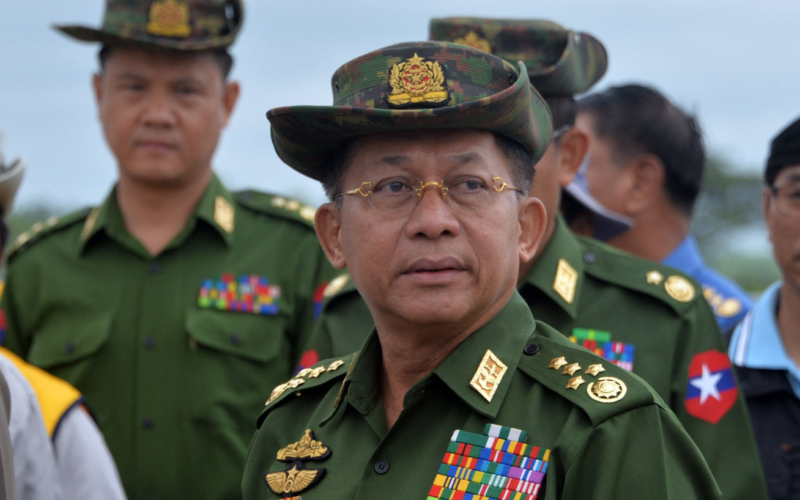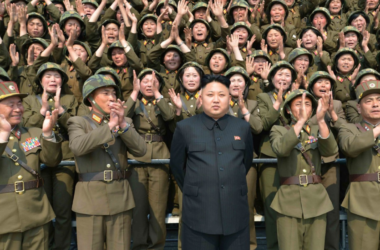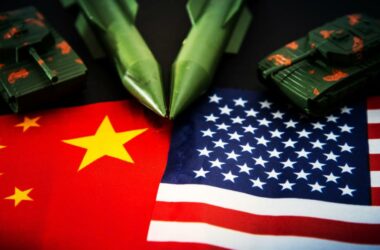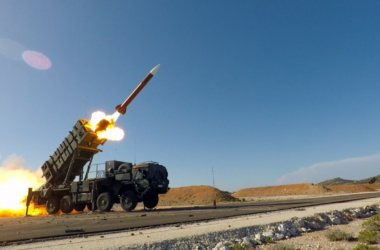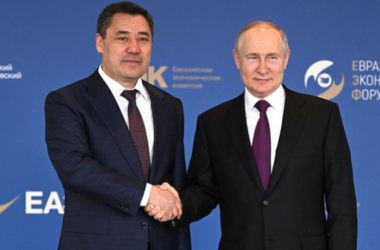In a significant turn of events, a rebel alliance in Myanmar has made substantial territorial gains in the northern regions, posing the most substantial challenge to the military junta since the coup in 2021. This development, marked by fierce fighting near the border with China in northern Shan State, involves a coalition of ethnic armed groups orchestrating a coordinated offensive. As resistance to the military junta intensifies, this article explores the key dynamics, geopolitical implications, and the evolving situation on the ground.
The rebel alliance, comprising three influential ethnic armed groups, has successfully overrun parts of northern Myanmar, including areas along the border with China. This marks a strategic victory for anti-junta forces and signifies the most significant setback for the military since the coup in 2021. The fiercest clashes have occurred in northern Shan state, where the rebel alliance has launched an offensive, capturing multiple towns and military outposts in recent weeks.
The deteriorating situation in Myanmar has raised concerns in neighboring China, prompting a response from Beijing. China’s foreign ministry has expressed alarm and stated that it will ensure security and stability along its border with Myanmar. The Chinese authorities have urged all parties involved to cease fighting immediately. The proximity of the conflict to the China-Myanmar border underscores the regional implications of the ongoing unrest.
Anti-junta fighters, displaying unprecedented coordination, have reportedly overrun around 100 military outposts. The military junta faces the risk of losing control over key border crossings, which account for a significant portion of cross-border trade and serve as a crucial source of tax revenue. According to the United States Institute of Peace think tank, this marks a strategic setback for the junta, and the rebels’ gains threaten to weaken the military’s grip on the region.
The intensification of conflict in northern Shan State has led to a humanitarian crisis, with around 50,000 people displaced. Ongoing artillery shelling and airstrikes have contributed to the displacement, and some individuals have sought refuge in neighboring China. The United Nations has expressed concern over the situation, highlighting the urgent need for humanitarian assistance in the affected regions.
Referred to as “Operation 1027” after the date it commenced, the assault by the rebel alliance represents a concerted effort to challenge the military’s authority. Diplomats and experts in the region argue that this marks a critical juncture, with the Tatmadaw, Myanmar’s military, facing its most vulnerable position since the 2021 coup. The rebels’ success is attributed to meticulous planning and a year-long preparation to confront the better-armed military.
Resistance groups in Myanmar are working closely in a coordinated effort to mount pressure on the military. The National Unity Government, Myanmar’s parallel civilian administration that emerged post-coup, has backed separate offensives on towns in Sagaing division. An adviser to the National Unity Government emphasized that this opportunity to challenge the military’s authority is unique and may not present itself again.
The recent gains by the rebel alliance in Myanmar mark a significant turning point in the country’s post-coup landscape. As the military junta faces its most substantial challenge to date, the evolving situation poses geopolitical implications and underscores the resilience of anti-junta forces. The conflict’s impact on the civilian population and the regional dynamics between Myanmar and China will likely shape the trajectory of events in the coming weeks, making it a critical juncture for the nation’s future.




